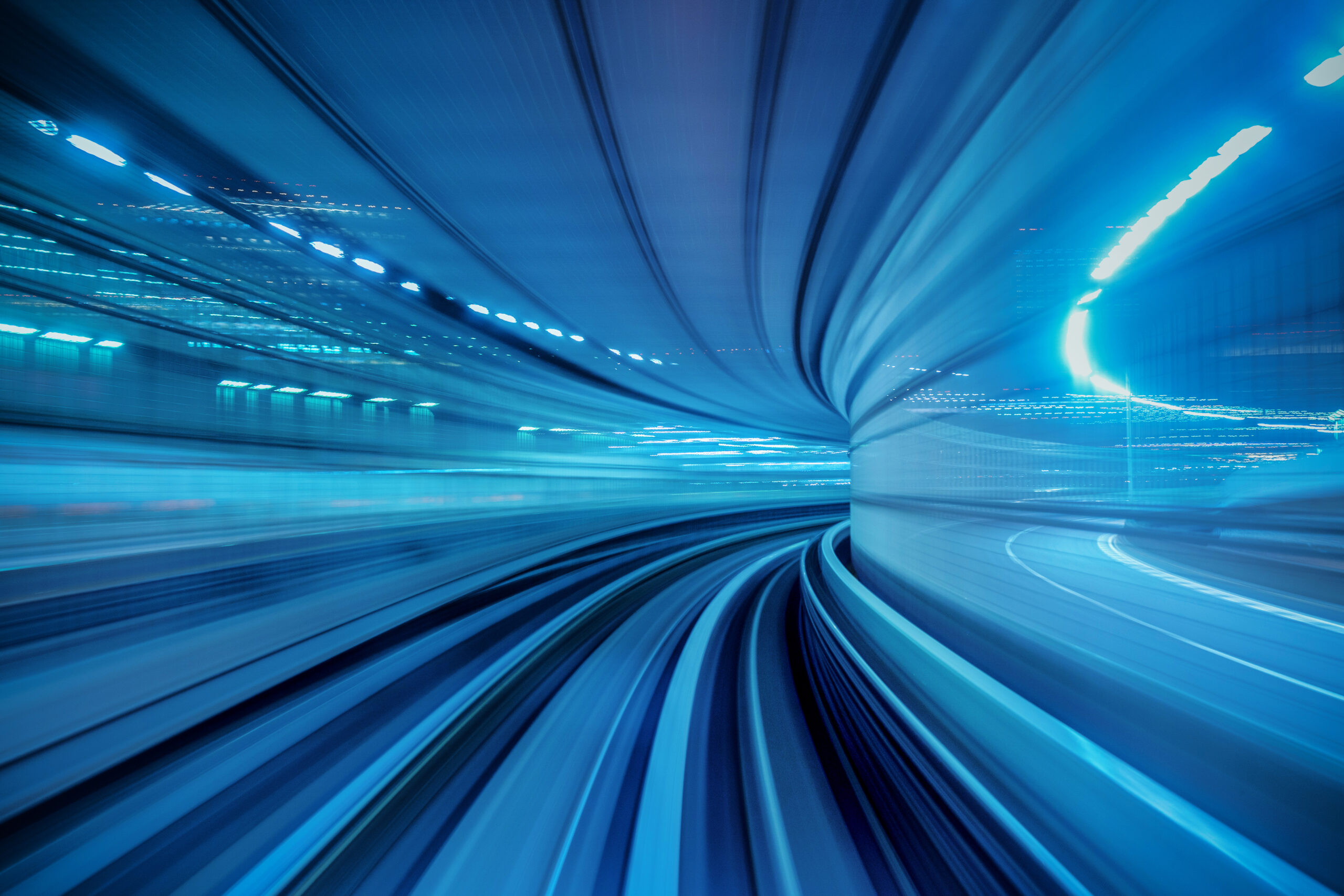Hyperloop: The Future of High-Speed Transportation
Imagine traveling between major cities at the speed of sound, significantly reducing travel time and revolutionizing the way we move. This futuristic vision is becoming a reality thanks to the Hyperloop, a high-speed transportation system using vacuum tubes. Various companies, including Virgin Hyperloop, are at the forefront of developing this groundbreaking technology. In this blog, we will explore what the Hyperloop is, how it works, the companies involved, and its potential impact on the future of transportation.
What is Hyperloop?
The Hyperloop is a proposed mode of high-speed transportation that involves passenger pods traveling through low-pressure vacuum tubes at extremely high speeds. The concept was first introduced by Elon Musk in 2013 as an alternative to traditional rail and air travel. The vacuum tubes significantly reduce air resistance and friction, allowing the pods to travel at speeds exceeding 700 miles per hour.
How Does Hyperloop Work?
The Hyperloop system consists of three main components: the tube, the pod, and the propulsion system. The tube is a low-pressure environment that minimizes air resistance, enabling the pods to move with minimal friction. The pods are aerodynamically designed to travel through the tube, carrying passengers or cargo. The propulsion system uses magnetic levitation (maglev) and linear induction motors to accelerate and decelerate the pods.
Key Technologies:
- Vacuum Tubes: The tubes maintain a low-pressure environment to reduce drag and allow for high-speed travel.
- Magnetic Levitation: This technology uses magnets to lift and propel the pods, eliminating friction between the pod and the tube.
- Linear Induction Motors: These motors provide the necessary thrust to propel the pods through the tube.
Companies Leading the Charge
Several companies are actively working on developing Hyperloop technology, each bringing its unique approach and innovations:
- Virgin Hyperloop: One of the most prominent players, Virgin Hyperloop, has conducted successful tests with passenger pods. In November 2020, they completed a test with human passengers, reaching speeds of up to 107 mph in a 500-meter test track in Nevada.
- Hyperloop Transportation Technologies (HTT): HTT is developing a system that incorporates passive magnetic levitation technology. They focus on sustainable and efficient solutions to make Hyperloop travel a reality. HTT’s advancements are crucial in realizing Elon Musk’s vision of a high-speed Hyperloop train.
- SpaceX: Although SpaceX is primarily focused on space exploration, Elon Musk’s company has played a crucial role in advancing Hyperloop technology. SpaceX has hosted multiple Hyperloop Pod Competitions, encouraging university teams to develop and test their pod designs.
- TransPod: This Canadian company is working on its version of the Hyperloop, aiming to build a network of routes in North America and Europe. They are focusing on energy efficiency and passenger comfort.
Potential Impact
The Hyperloop promises to revolutionize transportation by offering several key benefits:
- Reduced Travel Time: With speeds potentially exceeding 700 mph, the Hyperloop could drastically cut travel times between major cities. For example, a trip from Los Angeles to San Francisco could take just 30 minutes.
- Environmental Benefits: The Hyperloop is designed to be an energy-efficient system, using renewable energy sources and producing minimal greenhouse gas emissions compared to traditional transportation methods.
- Economic Growth: By connecting cities and regions more efficiently, the Hyperloop could stimulate economic activity, create jobs, and enhance trade.
- Enhanced Connectivity: The Hyperloop could make commuting between distant cities more feasible, reducing congestion in urban areas and providing new opportunities for living and working arrangements. Proposals like the Chicago Hyperloop envision a future where Midwest cities are connected by high-speed hyperloop trains, transforming regional travel.
Conclusion
The Hyperloop represents a transformative leap in transportation technology, promising to make high-speed travel more efficient, sustainable, and accessible. As companies like Virgin Hyperloop, Hyperloop Transportation Technologies, and others continue to innovate and test their systems, we move closer to a future where the Hyperloop could become a reality. The potential impact on travel, the environment, and the economy is profound, positioning the Hyperloop as a key player in the future of global transportation.
wana read more about hyperloop or high speed internet connectivity

